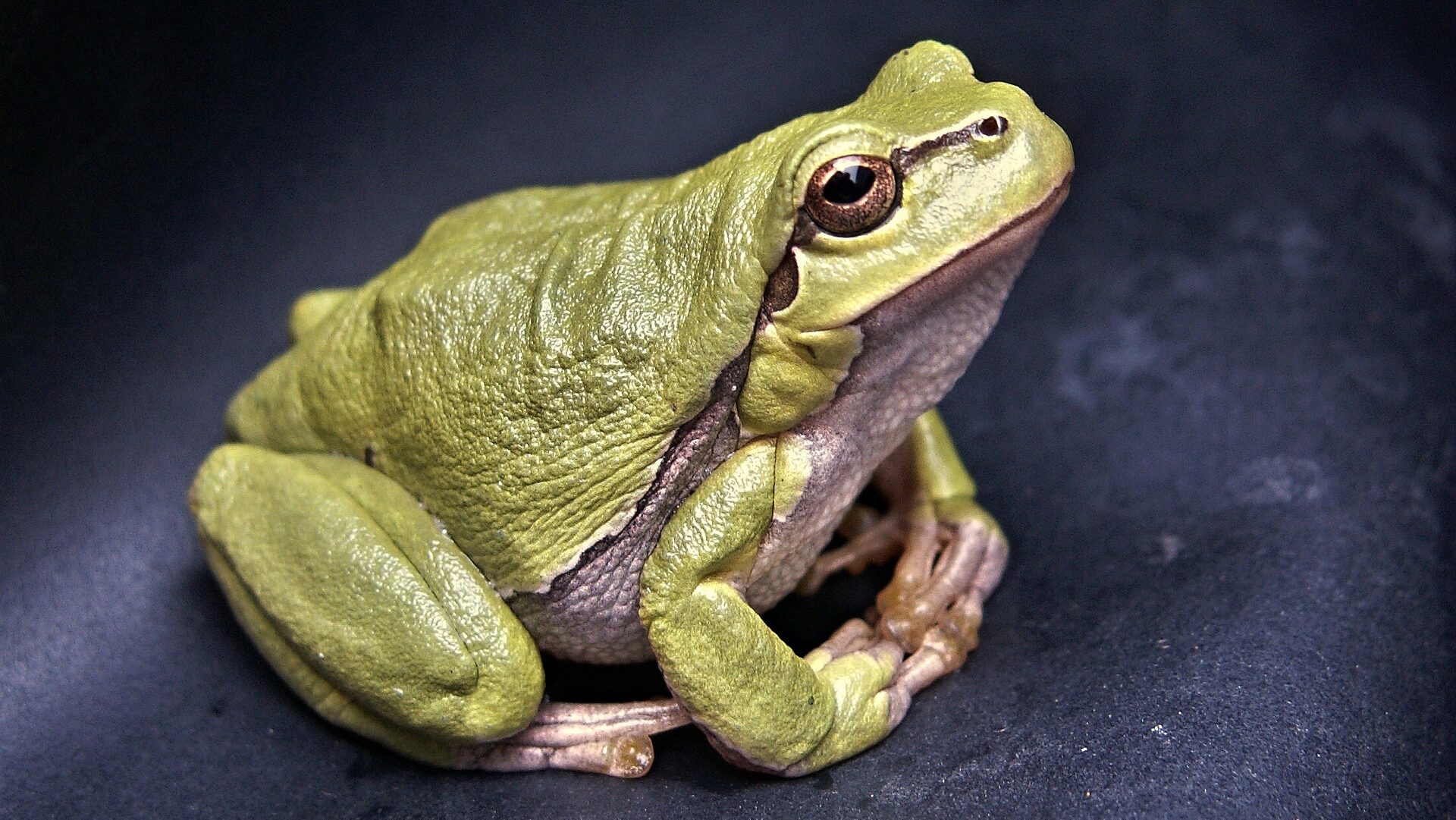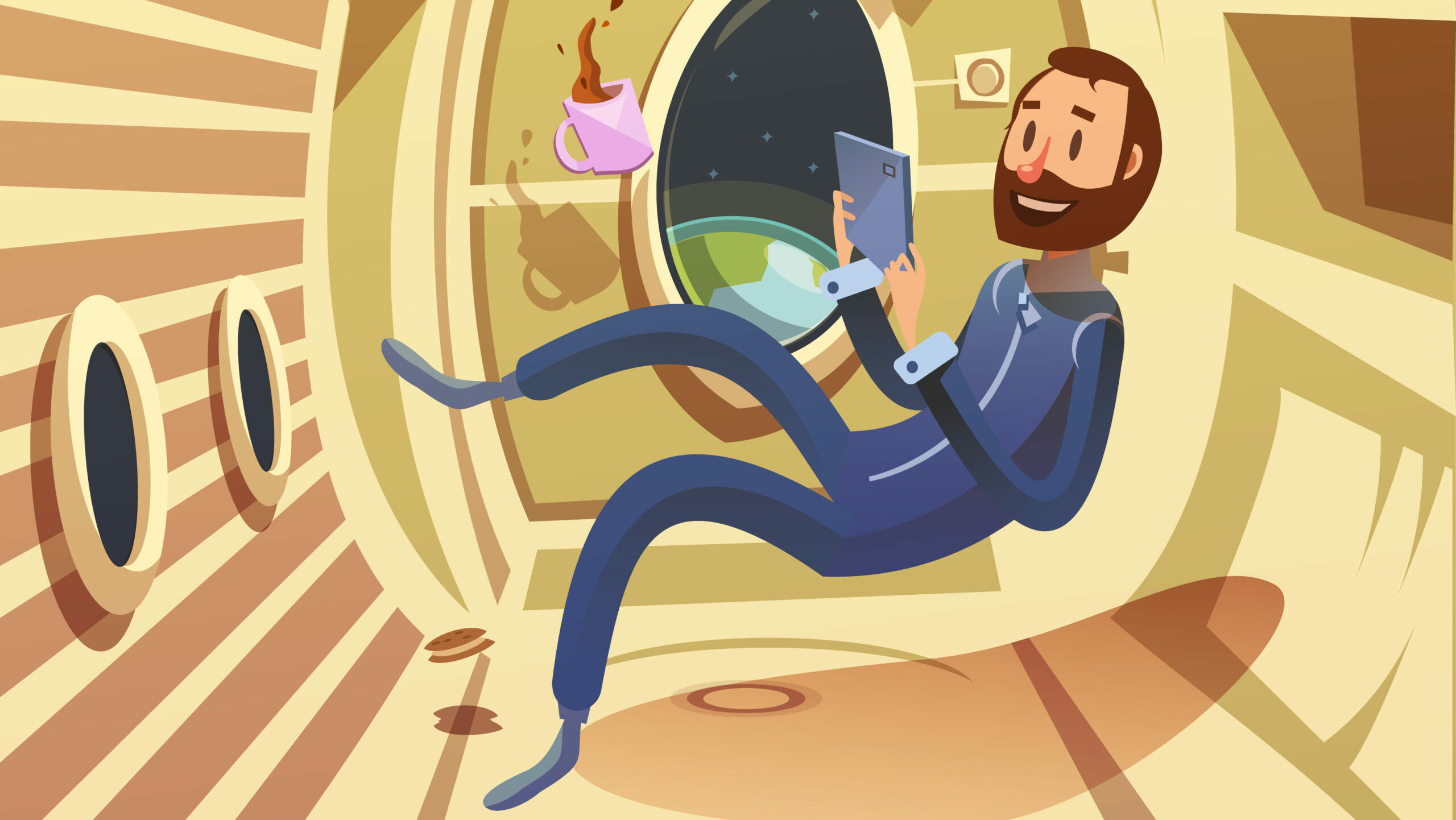Reading Time – 10 Minutes, Difficulty Level 2/5
Imagine if parents could choose their child’s likes, dislikes, strengths, and weaknesses before they are even born. Parents who want their children to become pro athletes or nobel prize winners may jump at the opportunity to propel this dream into reality simply by “designing” their own baby.
Though already in the public mind for many years, the first in vitro fertilisation (IVF) in the late 70s changed the perception of designer babies from a far fetched science fiction to a question of scientific possibility, a change that saw interest mount even higher. In the late 90s, the film GATTACA presented a world in which individuals were genetically engineered in a lab to perform specific roles in their society; a world of crafted and tailored lives. In recent years, the discovery and development of genetic engineering technologies such as CRISPR have led to a resurgence of the question of genetically engineered children. As our technology and knowledge continue to grow and improve, could we be fast approaching a world of designer babies?
The term “designer babies” refers to the manipulation of an embryos genome to add or remove “favourable” and “unfavourable” traits, respectively. As you might imagine, this topic is incredibly exciting to discuss from a scientific point of view, but also important to consider from bioethical and moral standpoints.
Are designer babies possible?
While this topic was at one point the focus of only science fiction novels and movies, scientific advances have made it so that designer babies are technically possible. That is, we have the ability, using genetic editing technologies, to edit the genome of virtually any organism.
The theory and technology behind “baby design” would follow the same path as genetically altering organisms in the lab using tools such as CRISPR, which we will discuss shortly. Additionally, advancements in the field of reproduction science have greatly improved the outcomes and accessibility of IVF, allowing genetically edited embryos to be implanted and, eventually, born.
IVF is the process of fertilising a woman’s egg with a man’s sperm in a “dish” to form an embryo. This process typically uses more than one egg and many sperm cells in order to create more than one embryo. Each individual embryo is then analysed to determine which would likely result in the healthiest and most favourable pregnancy.
So how do these two very complex (and super cool) technologies come together to, theoretically, bring designer babies to fruition? First, some eggs will be fertilised in the lab with the resulting embryos inspected to ensure healthy growth.
Then, a scientist could use CRISPR genome editing technologies to change, replace, or remove genes within the genome of the embryo (to learn more about CRISPR, check out my article: A Breakthrough in Modern Genetic Engineering, Introducing CRISPR). This would alter the expression of certain traits within the baby when they are born and grow up, such as disease risk or eye colour. Once the genome has been edited, the embryo is finally implanted in a woman’s uterus to allow for growth and eventual birth.
Is this already happening?
If the theory behind designer babies is relatively sound and cohesive, is it a current reality? Are parents choosing their children’s biological traits before they are even growing in a mothers womb? The answer is a bit complex because, while there is a general understanding among the scientific community that no human genetic engineering should currently be taking place, there are individuals who push boundaries.
In 2015, shortly after CRISPR was developed, members of the Organizing Committee for the International Summit on Human Gene Editing released a statement calling for a moratorium on genetic editing of humans. They concluded that, among other things, the clinical use of germline (sperm or egg cells that can be passed onto future generations) or embryonic editing would be irresponsible until safety issues have been resolved and there is a “broad societal consensus”.
At a conference in 2018, however, a Chinese scientist named He Jiankui announced that he genetically modified several embryos, and two of these babies were born. He relayed that the modification resided in the CCR5 gene, and would theoretically impart HIV resistance. Though this may sound amazing- who wouldn’t want to make their children resistant to what is perhaps one of the most devastating and infamous sexually transmitted diseases – Jiankui’s announcement clearly went against everything in the moratorium published in 2015.
The editing of embryos alone goes completely against the social contract, but to allow the babies to be born with a non-naturally occurring gene is irresponsible in bigger ways. The edits made not only affect the children who were born, but if they have children of their own, this new gene may be inherited and escape into the population forever. The full ethical and moral concerns of this shocking announcement are beyond the scope of this article, but I encourage interested readers to learn more at: https://www.ncbi.nlm.nih.gov/pmc/articles/PMC6724388/.
The scientific community at large seems to have solidified their stance on the moratorium on genetic engineering of germline cells or embryos. Currently, CRISPR technologies are considered to be too underdeveloped and experimental to trust their efficacy and accuracy in these cells. Additionally, despite our vast knowledge of the human genome compared to even 20 years ago, scientists do not yet know what gene(s) cause every trait, and many traits are caused by several genes and/or environmental factors. That said, scientific knowledge in the fields of genetics and genetic engineering are continuously expanding. This means that, eventually, we will likely feel comfortable with the amount of knowledge we have on the subject/technology and will be more likely to move forward with human editing.
Ethical Considerations
To preface this section of the article, I would like to highlight my lack of experience in the bioethics field. I have done my best to include as many opinions and considerations here, but I encourage everyone to do their own research and formulate their own well constructed opinions on the matter of designer babies and genetic engineering as a whole.
Genetic engineering, if done safely and properly, has the potential to benefit countless amounts of people. In the future, it is entirely possible that single gene mutations which cause disease can be edited. For example, individuals with Huntington’s disease may one day be able to edit the embryos of their future children to ensure their children have zero risk of inheriting the disease.
This process can be similarly applied to many other diseases, potentially imparting a much healthier society. Those who approve of the technology for designer babies also emphasise the ability of parents to choose certain traits in their children. Whether it be sex, eye colour, height, or most abstract traits such as intelligence or athleticism, this idea is very appealing to some.
Many would argue that if we have the opportunity to have a healthier, more intelligent, and happier generation created via genetic engineering, why would we not do this? If we have the opportunity to give someone what is perceived to be a “better life”, is it perhaps even morally wrong to deny them these changes?
There are, however, many people who oppose any use of designer babies or germline editing. Some posit that scientists are “playing God” by attempting to alter the very essence of human life. Additionally, the unused embryos in the process of IVF are typically not implanted and allowed to grow into a baby. Those who believe that life starts at conception view this are morally wrong.
Another ethical consideration in this conversation is the point of view of people who are living with some of the disorders genetic engineering has the potential to cure. For example, certain types of dwarfism and deafness are caused by simple mutations which could potentially be edited out of an embryo, preventing the resulting baby from being afflicted with the disorder. Many people within these communities consider it discriminatory and ableist to edit these traits out of the population. They do not consider their situations to be something that needs to be cured, but rather a unique trait that makes them who they are.
It is important as scientists and as a member of the public that we consider all sides of any ethical debate. No opinion is completely valid or invalid, and it is key that we allow ourselves to remain active learners and listeners in any scientific or ethical discussion.
Genetic engineering and the prospect of designer babies are extremely exciting. The technological advancements we have made in the last twenty years are astounding, and the field continues to grow and evolve. With this evolution, however, comes additional ethical and moral considerations that both the scientific community and society as a whole must consider.
Do we want subsequent generations to be conceived in a lab? Do we want to remove autonomy from unborn children and determine what they are good and bad at? Is it ethical to edit out deafness and dwarfism from the population? These questions, along with many more, are important to consider when discussing the topic of designer babies. Perhaps this idea will remain a thought experiment for the foreseeable future, until society is ready to take a leap of faith in these revolutionary technologies.
References:
Chinese scientist who produced genetically altered babies sentenced to … (n.d.). https://www.science.org/content/article/chinese-scientist-who-produced-genetically-altered-babies-sentenced-3-years-jail
Lander, E. S., Baylis, F., Zhang, F., Charpentier, E., Berg, P., Bourgain, C., Friedrich, B., Joung, J. K., Li, J., Liu, D., Naldini, L., Nie, J.-B., Qiu, R., Schoene-Seifert, B., Shao, F., Terry, S., Wei, W., & Winnacker, E.-L. (2019, March 13). Adopt a moratorium on heritable genome editing. Nature News.
On Human Gene Editing: International Summit Statement. Nationalacademies.org. (n.d.).
Raposo, V. L. (2019, August 22). The first Chinese edited babies: A leap of faith in science. JBRA assisted reproduction.

I’m a first year Masters student at Queen’s University, Ontario, Canada studying Immunology and Cancer, following on from completing a BSc at the University of Guelph, Ontario.
I have a passion for Molecular Biology, with a particular interest in the use of modern molecular techniques to treat and cure disease.








